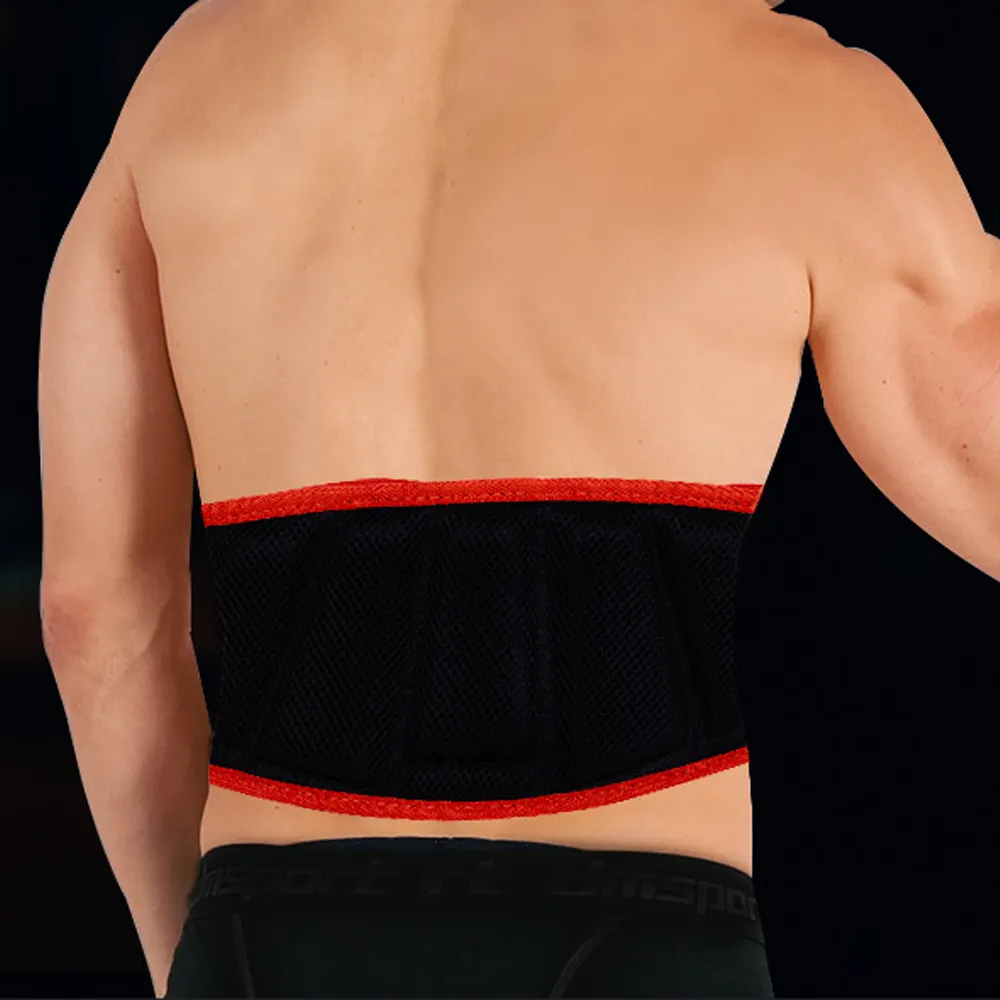Now many people in the gym choose to lift barbells when practicing strength, and we all know that it is necessary to wear professional belts when practicing weightlifting. Let's talk about how to choose a weight belt. The wider the weight belt, the better?
The choice of belt for lifting weights is very important and plays an important role in training effectiveness and body protection.
First, it is used for structural exercises with heavy loads. Structural movements refer to movements in which the spine is directly stressed and subjected to significant pressure or shear force, such as squats, deadlifts, sprints, etc. Additionally, heavy loads often mean loads in excess of 80% or 85% of 1RM that require particularly stable and firm torso-spine and harness care. It can be seen that there is no belt from the beginning to the end of the training. For single-joint, small-muscle-group, or weight-free exercises for the spine (eg, bends, pulldowns, triceps presses), a belt is not required.

Second, the wider the belt, the better. Waist width is too wide (more than 15cm), will limit the activities of the torso, has a negative impact on the normal physiological bending, as long as the width can protect the key parts of the low back. Some belts on the market are padded in the middle to provide more support for the waist. In this way, a moderate width (12-15cm) and a moderate cushion can effectively protect the lower waist.
Do I have to wear a belt to lift weights?
In the gym, we often see some people wearing weight belts while training. What is the use? The reason why the belt is used is because the waist will hurt if it is heavy. Core stability is very important in weight training. Only with enough stable and solid core strength, we will be more powerful in training, and at the same time, we will not be easily injured! Use pressure to strengthen our core area, improve our core stability, reduce the pressure on the intervertebral disc, protect the spine and prevent injury.
Correct Your posture -- Standard movements in weight lifting are the best protection against injury.
Keep your spine centered at all times, whether performing exercises or placing instruments on the ground, and focus on using your leg muscles instead of your back muscles.
Avoid being alone while training. When you lift weights, it's best to have someone with you.
Make sure you wear clothes that absorb moisture and do not interfere with your training. Shoes should have a good grip so that your feet can fully touch the ground and keep your body stable during training.
Post time: May-16-2023